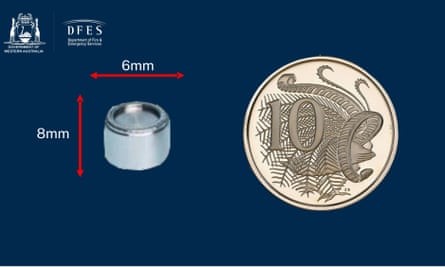





Disclaimer: Copyright infringement not intended.
Context:
Cesium and Cs-137:
Caesium-137 Characteristics:
Applications of Cs-137:
Health Hazards:
|
Model Question Q. Due to its long half-life, Caesium-137 is most significant nuclide for the radiation exposure of the population after a nuclear accident. Comment. Also, throw light on the applications of Cs-137 in today’s world. |






© 2025 iasgyan. All right reserved